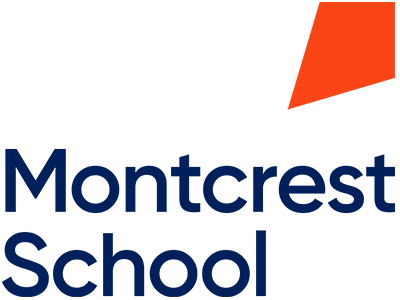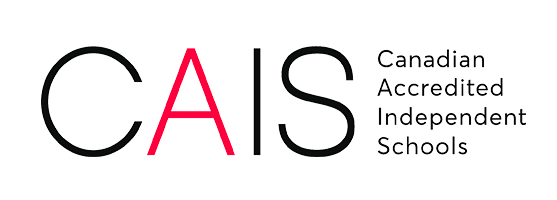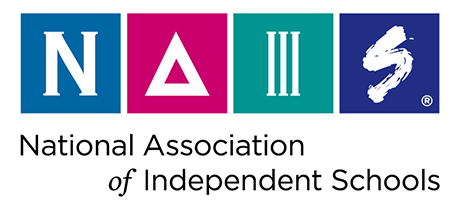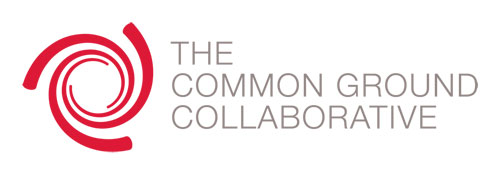Phase 1: Getting Informed
Phase 1: Getting Informed
The first step in the Grade 9 Application and Placement process is ensuring your hopes for your child’s high school experience match their hopes, along with their learning needs. To help with this process, we have designed a questionnaire to be completed separately by both yourself and your child. The information gathered will help guide your initial interview with the Grade 9 Application and Placement team at the start of September. During this interview we want to help ensure that the schools you are looking at best suit your child.
The second step is to research the diverse and exciting options that exist both in the public, independent, and private sectors for high school. The more you learn ahead of the interview in September, the more satisfied you will be throughout this process.
Grade 9 Application and Placement Process Timeline
| Timeline | Students | Parents | |
| Jan -June |
Facilitate Lessons in: Life After Montcrest Google Classroom |
||
| March | Life After Montcrest Evening | ||
| June | Complete Transitions Survey | ||
| Sept | Parent-Teacher Interview Discussion | ||
| Sept – Oct | Book a meeting to discuss options with Mr Barry or Ms Cohen (for Small Class students) | ||
| Oct – Nov |
School Tours & Open House Complete Applications Write SSATs or Entrance Tests Book Interview |
||
| Oct – Nov | Book a meeting or phone call with Mr Barry to review school applications | ||
| Oct – Jan | Book a mock interview with Ms Stewart (one week prior to interview) | Application Deadlines |
Learning About Public Schools
Toronto District School Board (TDSB)
The TDSB provides some excellent videos and guidance on the transition from elementary to high school. The first link you should explore is ‘Going to High School’. This page provides valuable information about the wide range of learning opportunities available to you throughout the TDSB. Next, you should explore the ‘Beyond 8: Choices for 9 Interactive Guide’ link, which answers a number of questions you may have about Grade 9, including course types and what it takes to earn a secondary school diploma. You may, however, still have questions on how to make the right decision for your child. These are addressed on the ‘Making Decisions’ page. It is here where you will find the link on how to ‘Find Your School’. The TDSB recommends that parents attend as many High School Information Evenings as possible. This will allow you to see firsthand what each school has to offer in terms of programs, courses, and extracurricular activities. Before you rush out to these events, you should read the PDF overviews for each school to appreciate the unique offerings of each high school.
Alternatively, the TDSB offers a variety of ‘Specialized Schools and Programs’ beyond just your local school. Students can access many of these specialized programs through a process called Optional Attendance, which can offer an alternative high school experience. For example, there are schools within the TDSB which focus on:
Arts
Cyber Arts/Studies
Elite Athletes/Arts
Integrated Technology
Leadership Pathway
Math, Science & Technology
Media Arts
International Baccalaureate (IB)
Advanced Placement (AP)
The TDSB also offers a number of Alternative Secondary Schools. Alternative schools are safe, highly engaged, smaller school environments. They use non-traditional hands-on approaches to learning. Each school has a distinct identity and focus, such as democratic education, holistic learning, physical art, mindful living, entrepreneurship, social justice, community outreach and more. These schools are ideal for students seeking an alternative to mainstream education and who want to take an active role in their own learning.
TDSB alternative schools are open and free to any resident of Toronto. Space in alternative schools is limited and students can apply to attend through the Optional Attendance process.
Furthermore, the following links provide information about the Secondary School Boundaries for Students with Gifted Exceptionalities for students who have been recommended a Gifted ISP placement. These recommendations are made through the TDSB Identification, Placement Review Committee (IPRC) or Special Education Program Recommendation Review Committee (SEPRC) process. It is possible that a program at any given site can reach capacity, which may result in some students being directed to another location with available program space.
The Toronto Catholic District School Board (TCDSB)
The TCDSB also offers a wide variety of high school options; students are free to apply to any school within the TCDSB as long as they reside within the city of Toronto. You can find a full alphabetical list in the School Directory or you can view schools by neighbourhood in their Community School Locator. Each School has a website that can be explored to see what it has to offer in terms of programs, courses, and extracurricular activities. They also maintain an FAQ page on high school-related questions.
Like the TDSB, the TCDSB offers a number of Specialty Programs at certain schools that students can apply to if they are interested in pursuing a focus on:
Arts
International Baccalaureate (IB)
Advanced Placement (AP)
Self-Directed Learning
Specialist High Skills Major
STEAM
Lastly, the TCDSB offers a variety of Single Gender Schools if you are interested in exploring an all-boys or all-girls environment.
Learning About Independent and Private Schools
If your family wants to continue with an independent or private school education, the ‘Our Kids’ website provides some excellent resources that can help you find the right school for your child. Having surveyed the Canadian private school landscape for almost two decades, ‘Our Kids’ has accumulated a treasure trove of insights. The Essential Parent Guide to Private Education identifies: Private School Basics; Types of Schools; Trends in Education; Choosing a School; Applying to Schools; and Paying School Tuition.
However, picking a school for your child involves juggling competing priorities and considerations. This guide, titled Choosing a School, may help you identify, categorize, and prioritize these considerations in order to help you maximize the time spent researching and contacting prospective schools. Searching for the right school is not a sprint; it’s a marathon, requiring committed preparation. The Five Steps to Finding the Perfect School provides a step-by-step guide, starting with carefully considering your needs.
Once you are ready to research specific schools, the ‘Our Kids’ website has developed an extensive school profile library along with objective, detailed school reviews of more than 350 private and independent schools. Moreover, it is recommended to use the comparison tool to help narrow down the schools you are looking at before you begin the application process.
Since the application process to independent schools can be a significant time and financial commitment, you should review these resources with your child before the start of Grade 8.
Support at Montcrest School
Since the research and application process becomes such a significant part of a student’s final year at Montcrest, the initial parent-teacher interview in September will focus on this transition. During this meeting a pair of teachers will review the questionnaire results with you before reviewing the options available to your child in the TDSB, as well as other independent or private schools. Therefore, it will be important that you and your child have spent some time prior to this meeting exploring the links found throughout this document.
To identify a school that best suits your child and to determine which school open houses to attend, Montcrest suggests booking an appointment to see Mr. Barry or Ms. Cohen (for Small Class students).
For next steps, please see Phase 2.





